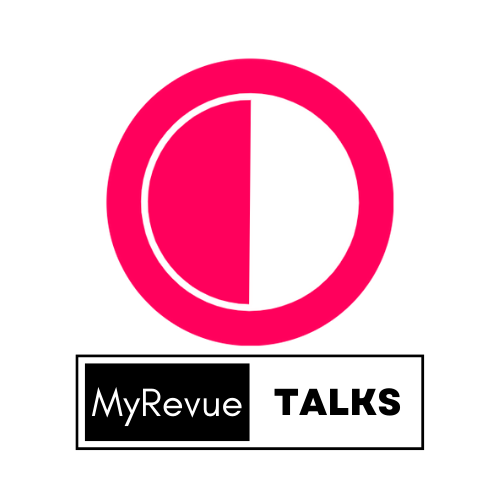User-generated content and brand customer insights and segmentation analysis
User-generated content (UGC) plays a valuable role in brand customer insights and segmentation analysis.

Written by Shivangi
Updated on 13/07/2023
<p class="MsoNormal">User-generated content (UGC) plays a valuable role in brand
customer insights and segmentation analysis. Let's explore how UGC influences
these areas:<o:p></o:p></p><p class="MsoNormal"><br></p>
<p class="MsoNormal">Customer Insights: </p><p class="MsoNormal">a. Customer Preferences and Behaviors:
UGC provides insights into customer preferences, behaviors, and consumption
patterns. By analyzing UGC, brands can gain a deeper understanding of what
customers like, dislike, and value in relation to their products or services.
UGC-based insights help brands identify trends, preferences, and emerging
needs, which can inform marketing strategies and product development.<o:p></o:p></p><p class="MsoNormal"><br></p>
<p class="MsoNormal">b. Customer Experiences and Feedback: UGC, such as reviews,
testimonials, and social media posts, captures real-life customer experiences
and feedback. By analyzing UGC-based content, brands can gain valuable insights
into the strengths and weaknesses of their offerings. UGC-based feedback helps
identify areas for improvement, address customer concerns, and enhance the
overall customer experience.<o:p></o:p></p><p class="MsoNormal"><br></p>
<p class="MsoNormal">Segmentation Analysis: </p><p class="MsoNormal">a. Audience Demographics and
Psychographics: UGC provides information about the demographics and
psychographics of customers. By analyzing UGC-based profiles, comments, and
interactions, brands can identify key characteristics, interests, and
preferences of their audience. UGC-based segmentation analysis enables brands
to develop targeted marketing strategies and tailor their offerings to specific
customer segments.<o:p></o:p></p><p class="MsoNormal"><br></p>
<p class="MsoNormal">b. Content Relevance and Engagement: UGC allows brands to
assess the relevance and engagement of content among different customer
segments. By analyzing UGC-based interactions, shares, and comments, brands can
determine which segments are most engaged with specific types of content.
UGC-based segmentation analysis helps optimize content strategies to resonate
with different audience segments.<o:p></o:p></p><p class="MsoNormal"><br></p>
<p class="MsoNormal">Social Listening and Trend Identification: </p><p class="MsoNormal">a. Consumer
Sentiment and Brand Perception: UGC-based sentiment analysis allows brands to
understand consumer sentiment and perception of their brand. By analyzing UGC,
brands can track mentions, sentiment, and conversations surrounding their brand
and products. UGC-based social listening helps brands identify opportunities
for brand improvement, address negative sentiment, and leverage positive
sentiment for marketing purposes.<o:p></o:p></p><p class="MsoNormal"><br></p>
<p class="MsoNormal">b. Trend Identification and Insights: UGC provides real-time
insights into emerging trends and customer preferences. By monitoring UGC-based
discussions, content, and interactions, brands can identify new product or
service opportunities, market trends, and shifts in customer behavior.
UGC-based trend identification helps brands stay ahead of the curve and adapt
their strategies accordingly.<o:p></o:p></p><p class="MsoNormal"><br></p>
<p class="MsoNormal">Personalization and Customization: </p><p class="MsoNormal">a. UGC-based
Personalization: UGC allows brands to personalize customer experiences based on
their preferences and behaviors. By analyzing UGC-based interactions and
content preferences, brands can provide tailored recommendations, offers, or
content to individual customers. UGC-based personalization enhances customer
engagement and satisfaction.<o:p></o:p></p><p class="MsoNormal"><br></p>
<p class="MsoNormal">b. Co-creation and Customer Involvement: UGC-based
co-creation initiatives involve customers in the product or content creation
process. By leveraging UGC, brands can involve customers in idea generation,
feedback collection, and content co-creation. UGC-based customer involvement
enhances brand loyalty, increases customer satisfaction, and fosters a sense of
ownership among customers.<o:p></o:p></p><p class="MsoNormal"><br></p>
<p class="MsoNormal">In summary, UGC plays a valuable role in brand customer
insights and segmentation analysis. UGC-based content provides insights into
customer preferences, behaviors, and experiences. UGC-based analysis helps
brands segment their audience based on demographics and psychographics, optimize
content relevance and engagement, and personalize customer experiences.
UGC-based social listening allows brands to track consumer sentiment, identify
trends, and adapt their strategies. UGC-based co-creation and involvement
initiatives foster customer loyalty and satisfaction. By leveraging UGC, brands
can gain valuable customer insights and tailor their strategies to meet the
evolving needs of their target audience.<o:p></o:p></p>
<p class="MsoNormal"><o:p> </o:p></p>
